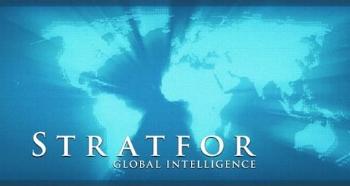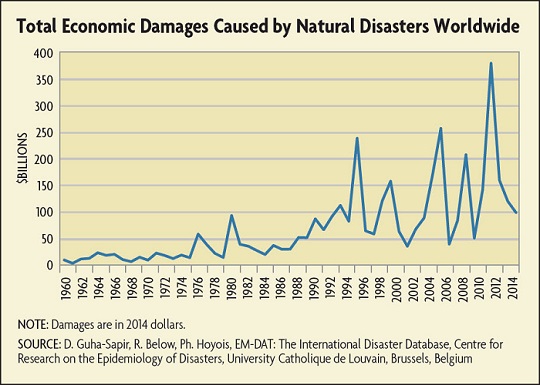By Sarosh Bana
31 May , 2016
In a demonstration of its operational reach and commitment to the ‘Look East-Act East’ policy, a formidable armada of the Indian Navy’s Eastern Fleet steamed out of its base at Visakhapatnam on 18 May for a two-and-a-half month-long deployment to the highly sensitive South China Sea and its littoral.
The South China Sea has emerged as a flashpoint in the Asia-Pacific, with China’s claims of sovereignty over almost the entire South China and East China seas, thus sparking disputes with its neighbours such as Japan, the Philippines, Vietnam, Taiwan, Malaysia and Brunei.
The Indian Navy affirms that, in addition to showing the Flag in this “region of vital strategic importance to India”, its Eastern Fleet squadron will participate in the trilateral maritime exercise of Malabar-16 with the US Navy and the Japan Maritime Self-Defence Force during its deployment. The squadron will also make port calls at Cam Rahn Bay in Vietnam, Subic Bay in the Philippines, Sasebo in Japan, Busan in South Korea, Port Klang in Malaysia, and Vladivostok in Russia. The deployment comprises the indigenously built guided missile stealth frigates, INS Satpura and INS Sahyadri, fleet support ship INS Shakti, and an indigenous guided missile corvette, INS Kirch. These ships will also conduct PASSEX (passing exercise) with each of the host navies, the aim being to strengthen bilateral ties and enhance naval inter-operability.
China’s military posturing challenges the United States, which has been a Pacific power for more than two centuries ever since its Corps of Discovery sailed down the Columbia River to the Pacific Northwest in 1805. Today, the US Pacific Command’s (USPACOM) area of responsibility (AOR) covers more of the globe than any of the other five geographic combatant commands of the US. Its AOR oversees US Forces Korea, US Forces Japan, US Special Operations Command Pacific, US Pacific Fleet, US Marine Forces Pacific, US Pacific Air Forces and US Army Pacific. USPACOM pronounces that with the US’s allies and partners, it stands “committed to enhancing stability in the Asia-Pacific region by promoting security cooperation, encouraging peaceful development, responding to contingencies, deterring aggression, and, when necessary, fighting to win.”



















